No imports will compensate for a possible shortage of nitrogen group on the market - Andriy Khalyavka
If Ukraine’s chemical industry shuts down due to a decrease in pressure in gas pipes, all nitrogen group raw materials will disappear within a week. “No imports will be able to compensate for this deficit,” warns GROSSDORF CEO and owner Andriy Khalyavka. How close is this crisis situation? Who is setting the weather on the fertilizer market today? How have the demands and behavior of farmers changed, and is the period of fertilizer austerity over? And what, according to Andriy Khalyavka, is a prerequisite for the successful launch of a fertilizer plant? The answers to these questions are in the first part of the interview.
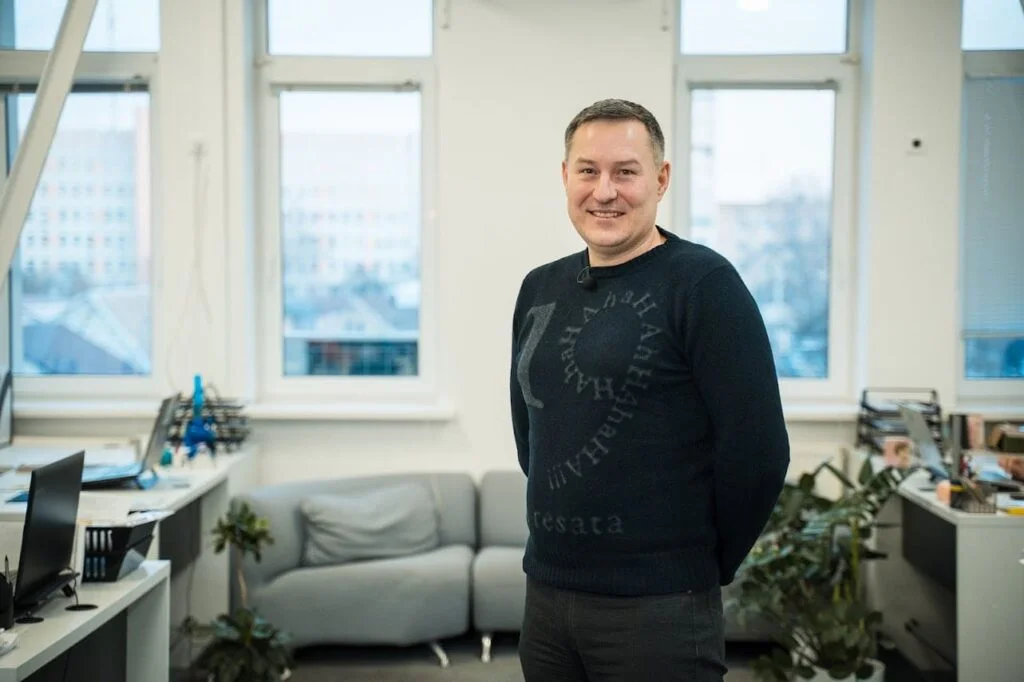
Everything is driven by logistics
Latifundist.com: Last year, we talked in our old office (the company recently moved to a new one – editor’s note), and you said that a price war was expected in the UAN market due to the emergence of new players. Have these forecasts come true?
Andriy Khalyavka: As far as I can see from the market, they have come true. Logistics has become a decisive factor now. It is important where the production is located – the main plant or its branch. The main buyers are concentrated within a radius of 100 km from this plant.
Latifundist.com: In fact, I have heard this figure approximately. Could you remind us where your plants are located?
Andriy Khalyavka: In Khatsk, Cherkasy region, and in Mayaki, Vinnytsia region. In other cities, we have warehouse complexes for storing UAN.
Latifundist.com: Is your coverage area also about 100 km?
Andriy Khalyavka: Not quite. 100 km is the area of anchor customers who are most likely to buy from this company. Of course, you can sell UAN for 200 km and 700 km. But the farther away from the plant, the harder it is to compete, especially with Ostchem, which sells on DDP terms and covers delivery regardless of distance. For this company, it doesn’t matter if the buyer is 100 km away or 350 km away – they cover this distance. That’s why competition in the market is getting tougher
Latifundist.com: At the same time, you once mentioned that only GROSSDORF can fully provide farmers with UAN.
Андрій Халявка: Andrii Khaliavka: That’s exactly right. Our production capacity is surplus. But I think this is the right strategy. They are designed to relieve peak loads during application on frozen ground. For example, in a week’s time (the conversation took place on February 18 – editor’s note), we expect optimal weather conditions for UAN application. Demand on the market will be huge. And those who have enough UAN will benefit the most. We are actively preparing for this: we are importing raw materials and adjusting our facilities to meet the growing demand.
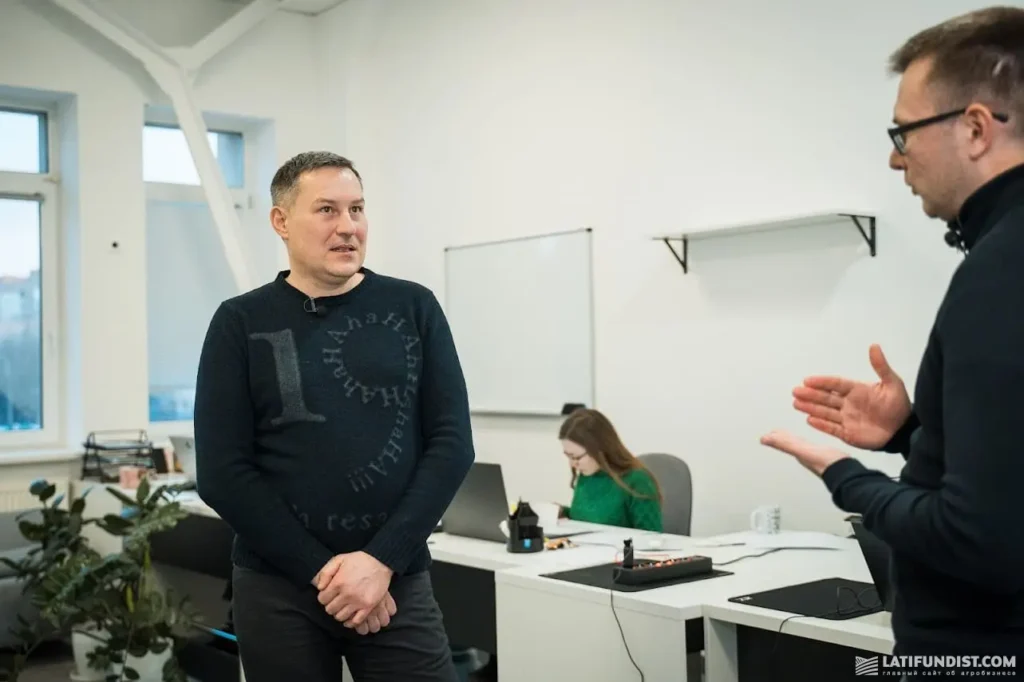
Tough savings on fertilizers are a thing of the past
Latifundist.com: Has customer behavior changed in any way? I remember you saying that farmers often postpone purchasing fertilizers, in particular UAN, until the period of application. This was due, in particular, to the risks of storing large volumes in one place.
Andrii Khaliavka: The situation hasn’t changed radically, but the trend towards purchasing part of the volumes in advance continues to grow. Our first purchases of UAN for the spring start in June, and the price is the lowest during this period. Companies buy part of the product or the entire volume. For example, last season, the lowest price for UAN N26+4S was 11.30 thousand UAH/t. Currently, the list prices range between 16.20-16.60 thousand UAH/t, and this is not the limit, as the peak of the UAN season is still ahead. Thus, those farmers who purchased fertilizers in advance saved up to 50% on the price.
Of course, every year is different. Sometimes it is more profitable to buy in the summer, as the price savings can fully or partially cover bank interest or compensate for losses from the sale of their own products. Agrarians also focus on the seasonality of the grain market, and it influences their financial strategy.
Latifundist.com: Do you see that farmers are saving less on fertilizers, in particular, nitrogen fertilization, as they did in the previous two years?
Andriy Khalyavka: Indeed, the period of austerity is gradually becoming a thing of the past. This is primarily due to good grain prices. Farmers are feeling more confident, it has become easier for them to invest in fertilizers and plant protection products. And this is good, because the economy is a system of interconnected elements. If it’s hard for a farmer, we suffer, and our employees suffer along with us, and this affects other entrepreneurs further down the chain.
Latifundist.com: One of your flagship products is UAN with sulfur. Recently, at the Re:Farm conference in Lviv, I talked to a German plant nutrition specialist, York Bayer. He said that in Ukraine, when people don’t know what to do, they often apply nitrogen. At the same time, he emphasized that we have a significant sulfur deficit. Do you agree with him?
Andrii Khaliavka: Absolutely. Sulphur is the fourth most important macronutrient in fertilizers after nitrogen, phosphorus and potassium. But while farmers remember the first three elements well, they often forget about sulfur. With the beginning of the active development of the agricultural sector and the transition to private land ownership, sulfur reserves in soils have significantly decreased. So I agree with what your interlocutor said. Fortunately, agronomists are now increasingly aware of the importance of this element.
Latifundist.com: Has your portfolio of this product grown in recent years?
Andriy Khalyavka: It remains stable – 70-80% of the UAN we produce is sulphur-containing.
On competition and how it affects the quality of UAN
Latifundist.com: I often monitor the activities of agricultural holdings and, along with press releases about a company starting an agricultural operation, I increasingly see news that this or that holding has started producing and selling UAN. If you say that this does not affect you in any way, I will not believe you.
Andriy Khalyavka: As I said before, the market is alive and developing. There are more companies producing UAN or compacting other fertilizers, and this process will not stop. Someone comes in with capital, analyzes the situation and decides to go into this business. This is natural, and yes, it creates competition.
The impact is different. There are companies that really demonstrate a serious approach: you see how they develop, how they build their processes competently, and you realize that they are powerful competitors. In some regions, this makes it harder for us: We have to reduce prices and fight for customers.
At the same time, there are companies that pose no particular threat. We all know each other well in the market, and you can predict the outcome by the way we approach business. If the owner is a techie, meticulous, and attentive to detail, then such a business will be successful. If he is an adventurous person who acts at random, it is unlikely that anything will come of it.
Competition is growing, it exists, and it’s normal. The only question is how to adapt to it and what strategies to choose to maintain market positions.
Latifundist.com: Has this resulted in more low-quality products on the market? Perhaps some companies underestimate the complexity of UAN production, saying it is easier to mix urea with nitrate.
Andriy Khalyavka: Many people think so. I know several agricultural holdings that have launched their own production, but at the same time buy classic UAN-32 from producers that offer better conditions.
Latifundist.com: Who has the lowest prices on the market?
Andriy Khalyavka: Most of the time, Ostchem has the lowest prices on the market. While we produce UAN from nitrate and urea, Ostchem starts with the natural gas phase. Of course, the company has much higher margins and can offer lower prices. That is why it is difficult to compete with Ostchem for customers who want large volumes – 20 thousand tons or more.
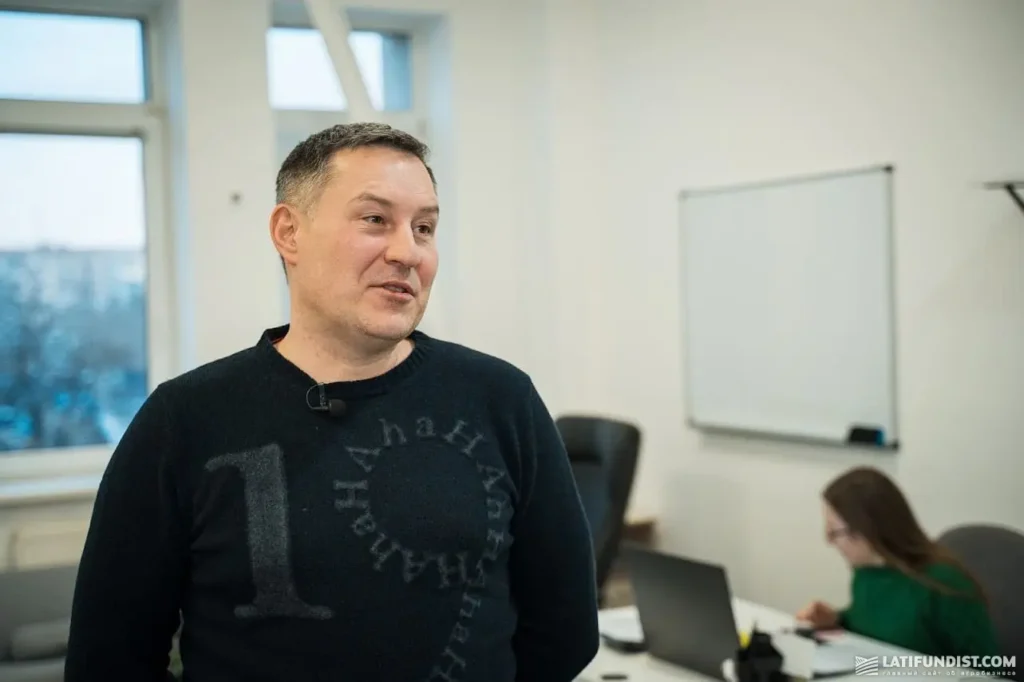
Pessimistic scenario for fertilizer producers
Latifundist.com: In general, is Ostchem or imports the main market maker now?
Andrii Khaliavka: Now it is Naftogaz Ukraine (smiles – ed.). This season, the key issue will be the availability of gas in underground storage facilities (UGS). How much of it will be enough for industrial production, including for the operation of such enterprises as Cherkasy Azot and Rivne Azot. This is influenced by several factors. First of all, the shelling of the gas transportation system. And secondly, the weather.
Latifundist.com: Can the worst happen? Do you see it in the stocks in the UGS facilities?
Andriy Khaliavka: I did some preparation for our conversation and, in general, wanted to understand the current situation at Ostchem regarding the prospects for continued production. I compared last year’s underground gas storage (UGS) reserves with weather conditions, and unfortunately, the outlook doesn’t seem very optimistic.
As for 2025, as of February 15, the volume of available gas was 5.2 billion cubic meters. The heating season ended on March 30, during which 1.7 billion cubic meters of gas were withdrawn. At the same time, the average temperature back then was 8 degrees higher than it is now.
If we extrapolate these figures to 2025, taking into account the current weather conditions and UGS reserves, we will need to withdraw approximately 2.2 to 2.3 billion cubic meters of gas by the end of the heating season.
The problem is that we simply don’t have that much. As of yesterday morning (the conversation was recorded on February 18 — editor’s note), the remaining volume of available gas in underground storage amounted to 2.45 billion cubic meters.
In addition, there are another 4.5 billion cubic meters of gas in the transmission system, but this is the so-called “dead stock” or buffer gas, which is distributed across more than 16 underground storage facilities throughout Ukraine.
For the stable operation of gas-dependent industries — such as metallurgy and chemicals — a certain level of pressure in the pipelines is required. If that pressure drops, these enterprises will be physically unable to withdraw gas.
As far as I know, RivneAzot has already shut down its operations.
Latifundist.com: To sum up: This scenario is likely if …?
Andriy Khaliavka: This would happen in the event of a further drop in gas pipeline pressure. If the pressure falls below a critical threshold, industrial facilities will be unable to receive gas and will be forced to halt production.
This could occur before the end of the heating season — or might not happen at all. It will largely depend on weather conditions and the situation with potential attacks on the gas transmission infrastructure.
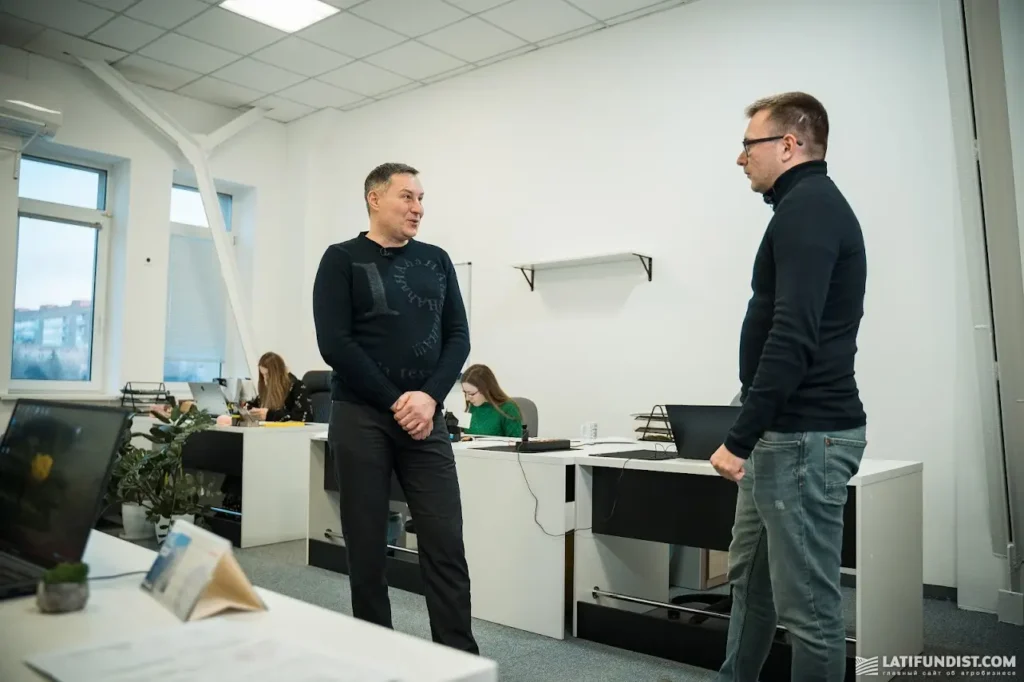
Will imports be able to cover the potential fertilizer shortage
Latifundist.com: Could this situation in any way affect your operations? Or would you simply continue importing fertilizers from abroad in such a case?
Andriy Khaliavka: If Ukraine’s chemical industry comes to a halt — and currently, the only traditional fertilizer producer still operating is Cherkasy Azot — the entire supply of nitrogen-based raw materials will disappear within a week. No amount of imports will be able to compensate for this shortfall.
Why is this a problem for us? One might think that a shortage would allow us to set any price we want. But the reality is that raw materials will disappear for us as well.
At the moment, we have around 50,000 tons of raw materials in stock — enough to continue production through February and March. If we had the funds, we would purchase more, but we don’t.
However, our goal is not only to operate in February and March, but also in April and May.
If the main producer shuts down, it will trigger a ‘bomb effect’: prices will skyrocket, and products will disappear from the market.
As a result, once we sell off our current stock, we too will be forced to halt production — simply because we’ll have nothing left to work with.
Latifundist.com:
Although last year you told me that the “Pandora’s box” — meaning imports — had already been opened. And indeed, throughout the year we’ve seen a growing share of imported fertilizers on the market.
At the same time, you’re saying that imports cannot make up for the shortage.
Andriy Khaliavka: Right now, contracting and delivering imported products is more expensive than buying what’s already available in Ukrainian warehouses. For instance, you can’t import urea for less than 26,000 UAH per ton, while it’s available in ports at around 24,500 UAH per ton. That’s why importers are not rushing to secure new shipments.
What happens next? Until the cheaper stock is sold off, no new shipments will be imported. If, during this time, the Ukrainian producer shuts down, a vacuum will form — and all existing supplies could be bought out within a week. Bringing in new shipments takes at least three weeks. Meanwhile, the global market has its own dynamics. India and Brazil are expected to enter new tenders, and they have a significant impact on global pricing. As a result, we could face a situation where the global price for urea is falling — but in Ukraine, it’s rising.
Latifundist.com: But frankly, we’re used to this kind of situation.
Andriy Khaliavka: Exactly. By the way, the situation with ammonium nitrate is similar. The price at the ports is around 21,000 UAH per ton, while importing it would cost about 23,000 UAH per ton. So yes, the fertilizer supply situation in Ukraine is genuinely difficult.
Latifundist.com: What volumes are you importing?
Andriy Khaliavka: Last year, in order to remain autonomous and avoid dependence on individual suppliers, we imported over 10,000 tons of ammonium nitrate and more than 5,000 tons of urea. Just yesterday, we cleared another 5,000 tons of urea through customs, along with the first vessel carrying 3,000 tons of ammonium nitrate. Several more vessels are on the way. Overall, as I mentioned earlier, our current inventory stands at around 50,000 tons.
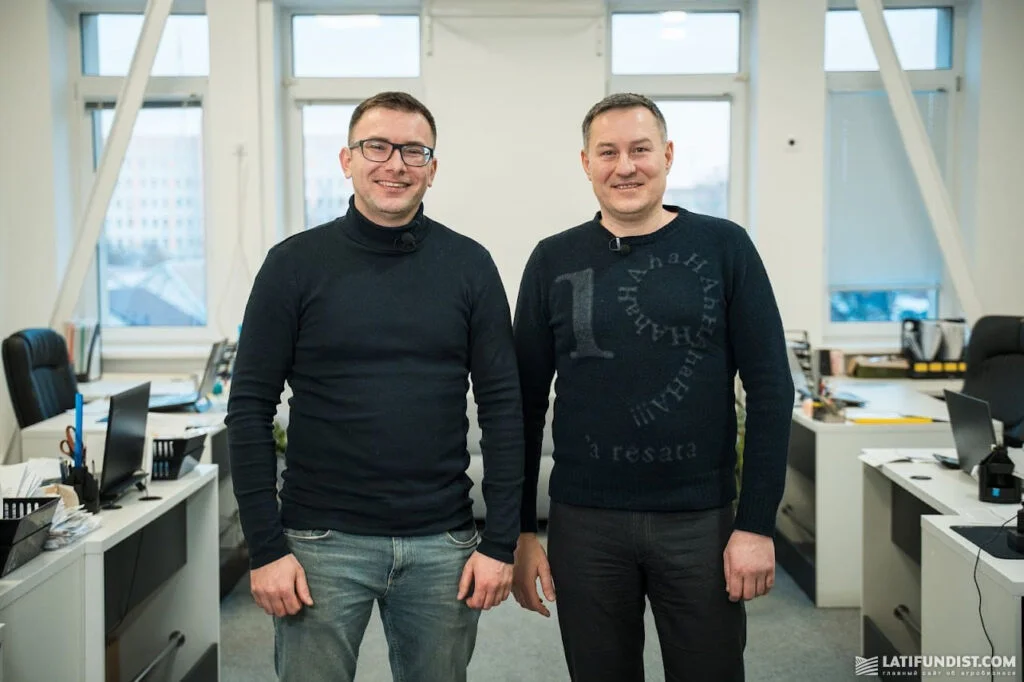
Thinking of producing fertilizers? Better get your paperwork in order.
Latifundist.com: Someone at Ukravit once told me that a few years ago, the production of crop protection products in Ukraine was highly deregulated — practically anyone could get into the business. What about fertilizers? Is the situation any different? For example, if I wanted to become a UAN (urea-ammonium nitrate) producer, would it require a lot of money and time?
Andriy Khaliavka: Our market is governed by a specific legal framework and a set of regulatory acts. As such, you can’t just start producing fertilizers at will. To manufacture fertilizers officially and operate within the legal field, it’s not enough to simply build the equipment correctly — you also need to obtain a large number of permits and approvals. It’s a long and complex process that involves going through multiple regulatory bodies.
It’s a different story when a farmer produces fertilizers for their own use — without selling them or putting them on the market. In such cases, the processes are less regulated and tend to attract less attention from supervisory authorities.
It’s an entirely different situation when a company sets up facilities or factories for commercial purposes. In such cases, obtaining a full set of permits and licenses is mandatory. I know from personal experience just how difficult this process can be.
Latifundist.com: For example, let’s say there are 100 fertilizer producers on the market. How many of them actually have the full set of required documentation?
Andriy Khaliavka: I’d say no more than five.
In the second part of our interview with Andriy Khaliavka, read about why his business partner left the company, how profitable fertilizer production really is, and why it’s so difficult to find a suitable site for it in Ukraine.